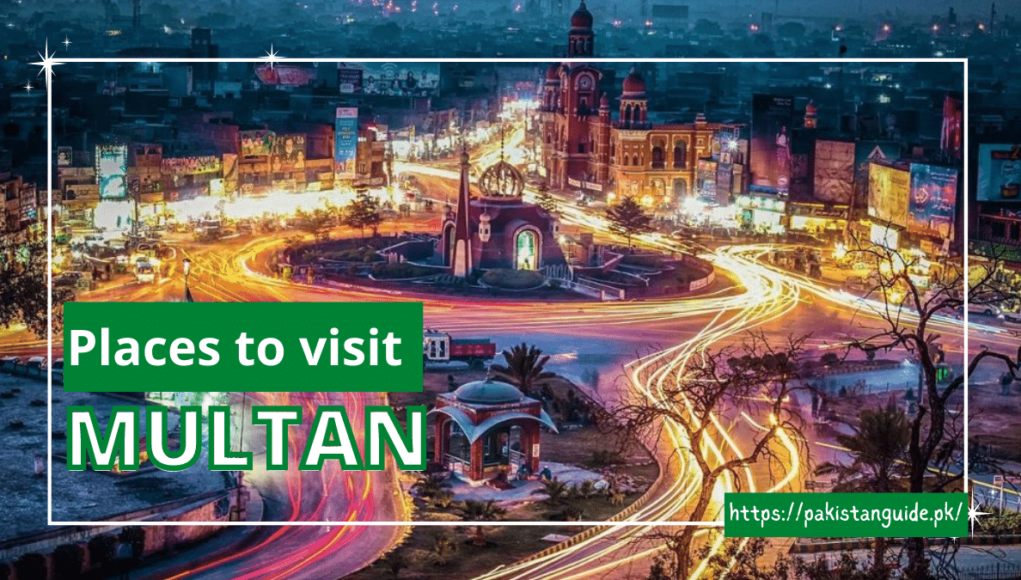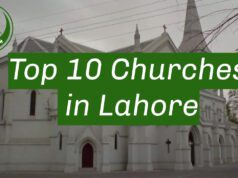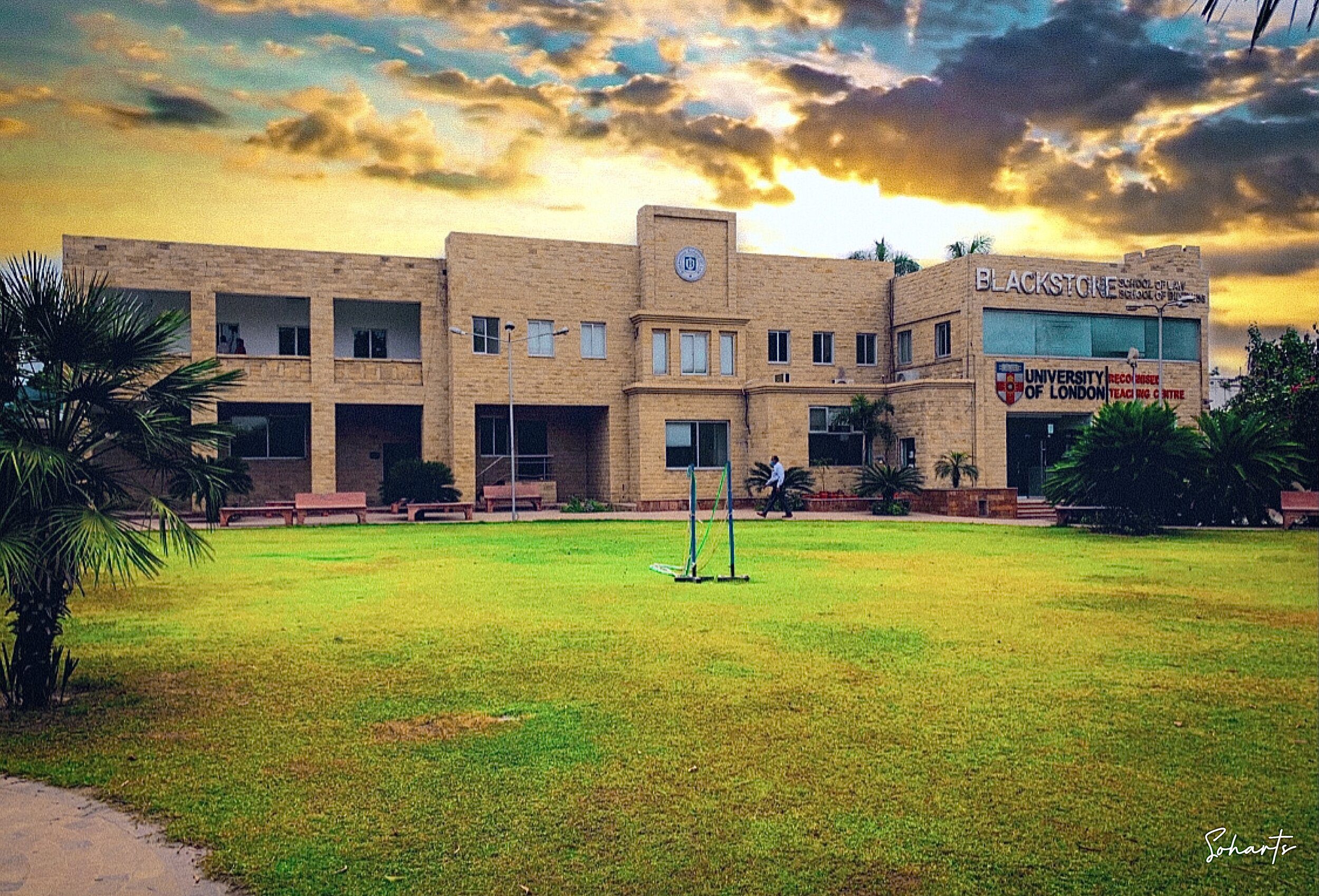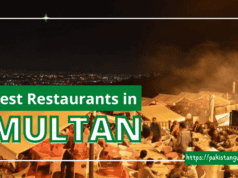Multan is a historical city called the town of Saints. Multan is Pakistan’s seventh biggest town. Multan is set on the Chenab River’s bank. The city is home to several Top-rated tourer places and is additionally called the ‘city of saints’ attributable to the number of graves buried within the town. The known Places to visit in Multan embody historical forts, Chenab watercourse yachting, and seeing the known farms of mangoes and citrus.
In addition, several shrines of Muslims and Hindu temples are well-liked sites for tourists that build their value by visiting Multan. The handicrafts, native embroidery, sweets, fruits, and memento tiles are the most attractive for patrons who need to explore different markets and bazaars within the town. Which thing is famous in Multan?
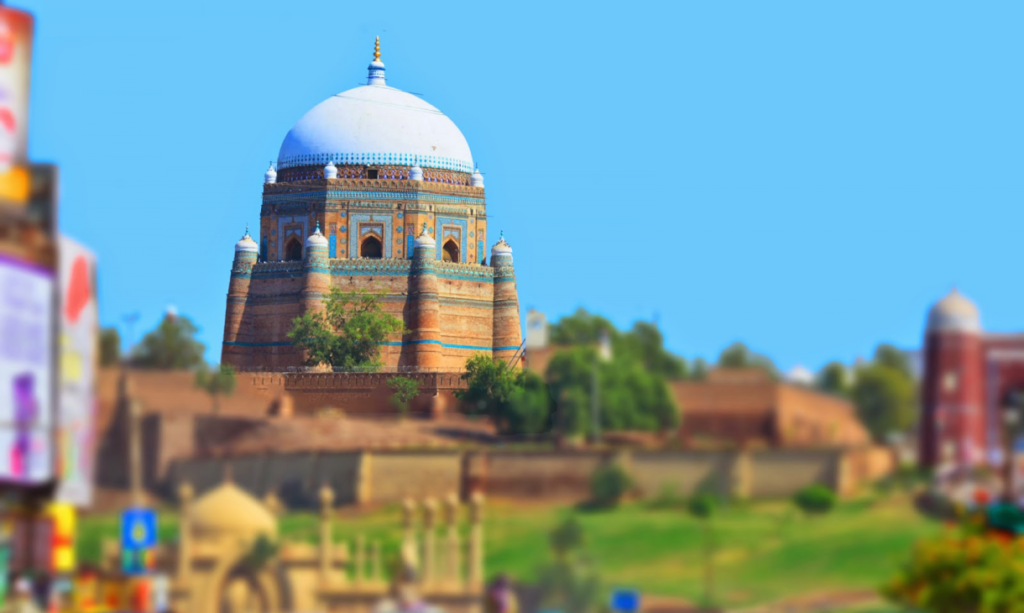
Multan city is the best destination to explore varied fine arts styles in the Islamic Republic of Pakistan and grasp the flowering stories behind the gorgeous town.
This makes it a novel place to go to in a geographical region and has their language speak Saraiki, with several Persian words. To explore the flowering facts and stories concerning the historical city, you may get pleasure from the gorgeous painting landmarks of places to visit in Multan.
Table of Contents
Multan Fort
The Multan Fort is the ancient landmark of Pakistani Defence and design, also called Fort Kohna Qasim Garden. Fort Kohna has existed for 2600 years recently and has been calculable to make around 800 to a thousand BC. The Katoch folk designed Multan Fort to guard the invaders of the west and northern neighbor cities.
However, throughout colonial management, the fort has severely destroyed by the land Empire. Despite the destruction, the place leaves the wonder and art wherever you may be astonished by this gorgeous fort’s design, making it one of the Multan’s most famous places.
The enormous fort is such a creative masterpiece wherever you’ll stand by and revel in the design of the place. Their structure is 7000 feet long and forty feet wide and includes the middle of Multan. among the fort stood a fastness that has badly broken by the banging guns of maharajah Ranjit Singh in 1818. Multan Fort contains thirty towers, a mosque, a temple of Hindus, and a palace. There were eight gates within the fort, and four gates existed over time.
Patrick Alexander Vans Agnew Monument
In the center of Multan, close to Ibn-e-Qasim Bagh found among Fort Khona, you may notice an enormous tower named Patrick Alexander Vans Agnew. This considers a long-lasting landmark wherever it marks the muse of the Sikh Evolution.
It is a memorial to a British official referred to as Patrick Alexander, who has died by the retainers of Dewan Mulraj. This led to the Second Sikh War and the land annexation of Punjab.
The story marks the long-lasting monument in Multan wherever you may be awe by the tragic incident wherever his grave was buried in Kohna Fort. Once you visit the Vans Agnew Monument, you may notice his grave aboard the fort. It’s one in every one of the historical places in Multan. To grasp the insights and design, make sure not to miss Vans Agnew Monument!
Shrine of Baha-ud-Din Zakariya
Baha-ud-Din Zakariya was one of the leading Sufi mystics, poets, and instructors in medieval South Asia. He established the Suhrawardiyya order of national capital and was also Rukn-e Alam’s grandparent.
In 1268, he died in Multan, and his shrine has created to assist require friendly and to unfold concerning Islam. The grave is measured inwards, with an sq. of fifty-one foot nine in (15.77 m). This can be an associate degree polygonal shape of a neural structure dome. In terms of Multan darbar, it is among one in every Multan known place. Tons of pilgrims come back daily from around the country to their shrines for worship. These are a number of the areas that are value visiting in Multan. If you would like to check truth colors of Multan town, you wish to go to these places.
Tomb of Shah of Rukn e Alam
Shah Yousuf Gardezi is another known Sufi saint buried at Multan. It is one of the famous shrines in Multan. His grave lies around 600 meters southwest of Multan’s fort. The tomb is a little boxy structure with a flat roof, all sides lined with black and white glazed tiles painted with aina-Kari flowering patterns, and therefore the interior is embellished with mirror work. Yousaf Gardezi is known for his immense labor within the landmass for the revival of Islam.
Ghanta Ghar
The known tower of Multan, additionally called the Ghanta Ghar, is one of the most tourer attractions in Multan. It was designed around 1884 AD throughout the land rule. The development of the Ghanta Ghar started in 1884, and it took four years to complete the development. Ghanta Ghar is still one of the best places to visit in Multan, Pakistan.
Interestingly, the muse of the Ghanta Ghar relies on the ruins of Haveli of Ahmad Khan Sadozai that were destroyed throughout the beleaguering of Multan. Therefore, the hall and the building were referred to as Ripon Hall and Building; however, once independent, the place was named Jinnah Hall. Initially, the building was used for workplace conferences and cultural programs.
Multan Art Council
You must visit the Multan Art Council if you’re an art lover. It is another prominent place in Multan. The Centre, shaped in 1975, was established beneath the Punjab region Council of Arts statutory needs. The center consists of a hall, a gallery, a stage, and a garden.
The council usually hosts art exhibitions and humanities. The committee additionally hosts puppets and shows exhibits for painting, sculptures, and alternative events for the residents of Multan and its encompassing regions. Most events commanded by Multan Art Council are the Sufi pageant, Sadiq Ali Shehzad’s Sculptures, International Women’s Day, Lok Mela, and, therefore, the Japanese Calendar Show.
Bibi Pak Daman Mausoleum
The mother of the known Rukn-i-Alam was Bibi Pak Daman, widely known as Bibi Rasti. She was additionally a Bahauddin Zakariya graduate and worked in Multan to revive Islam. The old temple of Mai Total was close to her burial. The grave encompasses a rectangular form and is extensively adorned with masonry, in blue and white, and a trademark of Multan’s vogue.

